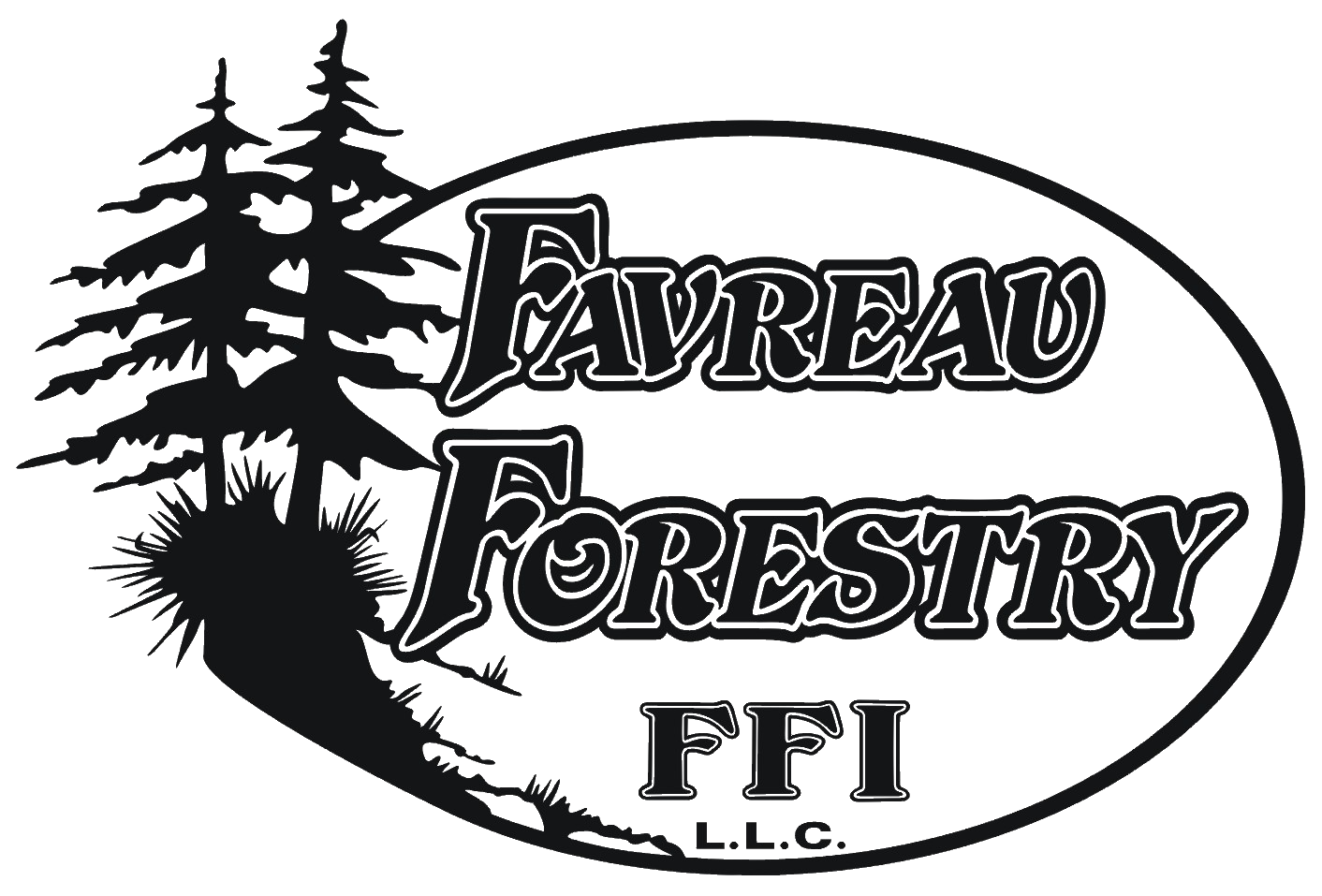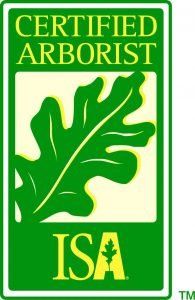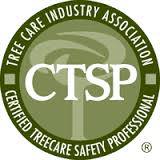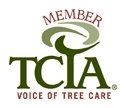Tree Trimming
Tree Trimming
Do you want to improve the overall look, longevity and safety of trees on your property? Are clearance issues making you uncomfortable? Are messy trees creating an eyesore? Well we’ve got you covered there too with our tree trimming services!
Tree Trimming is a method of tree care that helps control or correct growth patterns in trees. Trimming is also used to enhance the growth and production of trees, for example, fruit bearing trees should be trimmed regularly to continue to produce healthy fruit. Trees that are trimmed by an Arborist regularly throughout their growth cycle have less chance of developing health issues and needing attention in the future.
Reasons to Trim or Prune A Tree
Health
- Remove dead, damaged and diseased branches to help prevent insects and decay organisms from entering the tree.
- Thin a dense canopy to increase air and sunlight exposure.
- Remove suckers and water spouts to eliminate weak wood and provide more food and water for the tree.
- Eliminate crossing branches to prevent damage cause by their rubbing against each other.
- Remove co-dominant leaders. These are two branches growing near the top of a tree that grow straight up and become equally dominant. Cutting off one allows the other branch to grow and become the dominant leader. This prevents the branches from splitting and tearing wood that is often a problem in heavy winds.
Safety
- Correct pruning procedures create and maintain a strong tree structure which helps prevent future damage. It also prevents safety hazards such as dead branches, dead hanging branches called widow makers and clearance issues of house, buildings, structures and walkways.
Maintain Natural Tree Form
- Often erratic or vigorous branches grow that change the growth habit of other branches, this resulted in a misshapen tree. Early removal of these vigorous branches maintains a natural tree form. Early on is the best time to prevent / address co-dominant stems.
Stimulate or Restrict Growth
- Trimming can stimulate growth in sparse areas of the tree. Trimming can also restrict growth where too much growth is undesirable.
How Much Of The Tree Should Your Tree Pruning Company Prune?
The amount of live tissue our Arborist’s remove depends on the tree size, species and age as well as the pruning objectives. Good pruning practices rarely remove more than 1/3 of the crown. Younger trees may tolerate the removal of a higher percentage of living tissue then mature trees. An important principle to remember is that a tree can recover from several small pruning wounds faster than from one large wound.
A common mistake is to remove too much inner foliage and small branches. It is important to maintain an even distribution of foliage along large limbs and in the lower portion of the crown. Over-thinning reduces the tree’s sugar production capacity and can create tip-heavy limbs that are prone to failure.
Mature trees that have been structurally pruned should require little routine pruning. The pruning of large, mature trees is usually limited to the removal of dead or potentially hazardous conditions such as dead hazardous limbs.
Tree Trimming is a necessary precaution. Favreau Forestry can remove dead or dying branches to improve safety and raise the canopy of the tree to provide ground clearance. Also our Arborists will trim branches away from the house and roof line providing clearance and air flow and/or thin the canopy to allow more sunlight. Our Arborists trim trees for many reasons including the removal of sick or damaged branches. It is also a method of tree care that helps control or correct growth patterns in trees that seem to grow overnight.
Structural Pruning
Structural pruning of your young trees allows for prevention of future problem from issues such as co-dominant stems. Co-dominent stems are when your tree develops two main stems. This leads to a much weaker structure than if your tree has one main stem. Structural Pruning of older trees can prevent damage to your home, structures around your home, car, family and pets!
Pruning is best when it is used to enhance the growth and production of trees – in particular for fruit bearing trees. Trees that are pruned at the correct time within their growth cycle, have less chance of developing health issues and needing major attention in later years.
Depending on the location, Favreau Forestry will utilize one of our 75 foot aerial lifts, a climber or, in some situations, a crane to access the area.
Pruning of any kind of tree takes skill and a great deal of knowledge to prevent damage that may have an effect on the life of the tree. But not to worry, we have only skilled and knowledgeable chain saw operators who would be taking care of your trees.
Fruit Trees
Each and every fruit tree has a natural growth cycle and any kind of cutting or trimming is considered to be a form of trauma towards the tree. If the tree is pruned at the incorrect time within its growth cycle, the trauma could lead to other health issues.
This is especially important for fruit bearing trees as a poor pruning, at the incorrect time can be devastating. The results could be as severe as negatively impacting crop production in the following seasons.
This is why it is important to have ISA Certified Arborists examine trees to determine when they should be pruned
Do Not Top Trees!
What is the difference between pruning and topping?
Pruning or trimming is the selective removal of certain limbs based on the structure and growth pattern of the tree. Topping is the excessive and arbitrary removal of all parts of the tree above and beyond a certain height with no regard for structure and growth pattern.
Why is topping a tree bad?
Topping removes so much of the crown that it upsets a trees well-developed crown to root ratio and cuts off its food making ability. The tree goes into shock and readily produces new shoots. Topping invites disease, insects, defects and rot.




